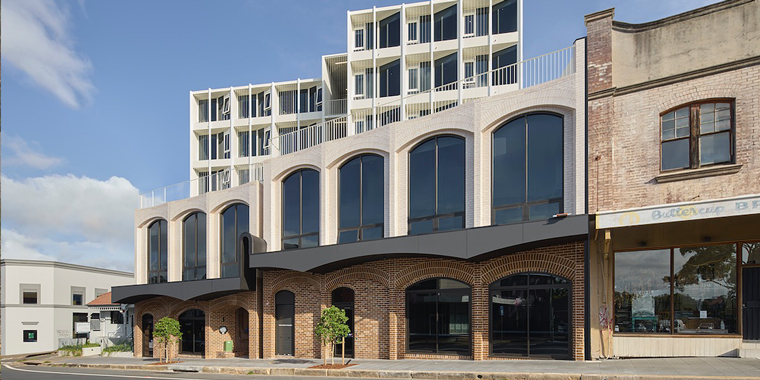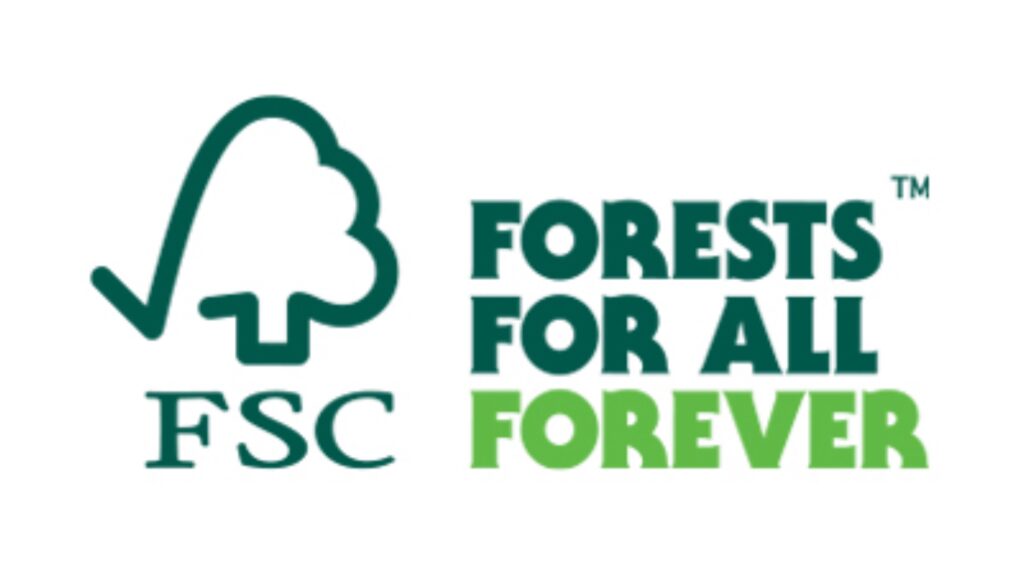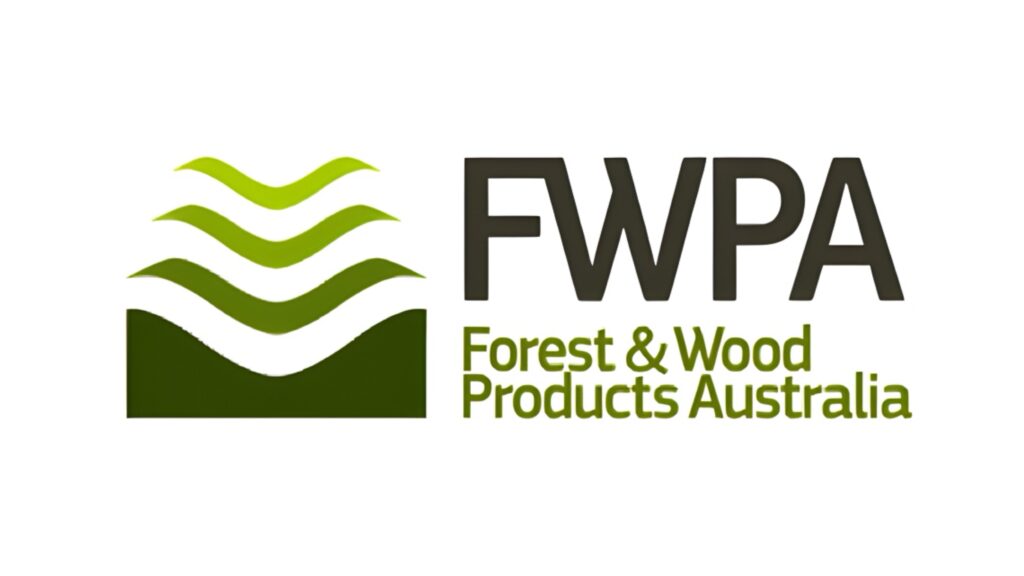HOUSING REMAINS ELECTION FOCUS
CONSTRUCTION INFLATION HAS DROPPED, NOW WE JUST NEED MORE BUILDS.
It’s been a big 10 days for economics and with the Budget, the election announcement and Tuesday’s interest rate hold, you could easily have missed an important fact. In last Wednesday’s inflation figures, construction inflation, which hit 21.7% in July 2022 and was one of the major drivers in our overall inflation jump, has dropped to 1.6%; below the overall monthly inflation rate of 2.4%.
This needs to be viewed in context, as some builders have been offering discounts in a bid to move past the post-HomeBuilder hangover period. But much of the movement seems to have come from a genuine recovery in capacity for both labour and materials; a fact very much to be welcomed as governments around the country struggle to deliver builds in the face of the housing crisis.
One group pushing hard on this front is the Community Housing Industry Association (CHIA), which has been lobbying both Federal and State governments since its inception and was quicky out of the gates last week with its comprehensive election platform, ‘Changing Housing for Good’, calling on all political parties to commit to addressing Australia’s escalating housing crisis through significant expansion of social and affordable housing.
“Housing is at the eye of the cost-of-living storm. In this election, we know increasing community housing is the best solution to this crippling problem and it has overwhelming public support,” CHIA chair Chris Smith said.
The election charter calls for four key commitments:
- Legislate a comprehensive National Housing and Homelessness Plan: A 10-year, evidence-based plan enshrined in legislation to ensure enduring national leadership beyond electoral cycles.
- Adopt a ‘1 in 10 in 20’ target: Aim for one in 10 homes to be social and affordable within 20 years, up from less than 4% currently.
- Ensure climate resilience in social housing: Address poor energy performance in social housing to reduce emissions and tenant energy costs.
- Invest in community housing sector capacity: Overhaul the National Regulatory System and expand support for not-for-profit housing providers.
CHIA is also calling for the Federal government to increase investment in social and affordable rental housing supply to $2 billion per year (up from $500 million) and lead the development of a National Framework for Mandatory Inclusionary Zoning to ensure affordable rental housing in new developments.
Economic analysis from Swinburne University of Technology demonstrates that quadrupling the Housing Australia Future Fund (HAFF) from 30,000 to 120,000 homes would deliver $12.79 billion in social and economic benefits over 25 years, including secure housing for workers and avoided social costs such as policing and health care issues.
“This research explodes the myth that social and affordable housing is purely an expense,” CHIA CEO Wendy Hayhurst said. “In fact, it provides taxpayers with a powerful economic return while also building a more inclusive and healthy society.”
Tuesday’s announcement that the draft instrument Income Tax Assessment (Build to Rent Developments) Amendment (Expanding Affordability Requirements) Determination 2025 is now in force has been welcomed by CHIA, along with the Property Council of Australia and National Shelter. These regulations support the delivery of desperately needed affordable rental housing, with the build-to-rent (BTR) legislation projected to deliver 80,000 rental homes over the next decade.
Property Council chief executive Mike Zorbas said ,“Of these [80,000 homes], 8000 will be affordable, with 1200 ready to be rented in the near future. This is the largest ever Federal effort to help relieve pressure on renters.
“We look forward to working with the government and industry colleagues on future details and supporting the important commitment to future drafting banning ‘no cause’ evictions.”
The legalisation contains changes proposed by CHIA, National Shelter and the Property Council, championed by Housing Minister Clare O’Neil and independent Senator David Pocock, and ultimately supported by the crossbench.
These changes mean tenancies will now be offered for a minimum of five years, with affordable tenancies defined to be available to people on moderate and low incomes. At least 20% of the affordable tenancies will be available to low-income earners where rents are capped below 74.9% of the market value or 30% of household income, whichever is lower.
Hayhurst said the legislation will unlock affordable rental accommodation urgently needed by lower income workers: “When done correctly, BTR provides tenants the sort of stability they badly need but can’t get because private ownership is out of their reach.
MAIN PIC: Build to rent options like Nightingale Marrickville are common overseas but new in the Australian market. Image: courtesy Nightingale









